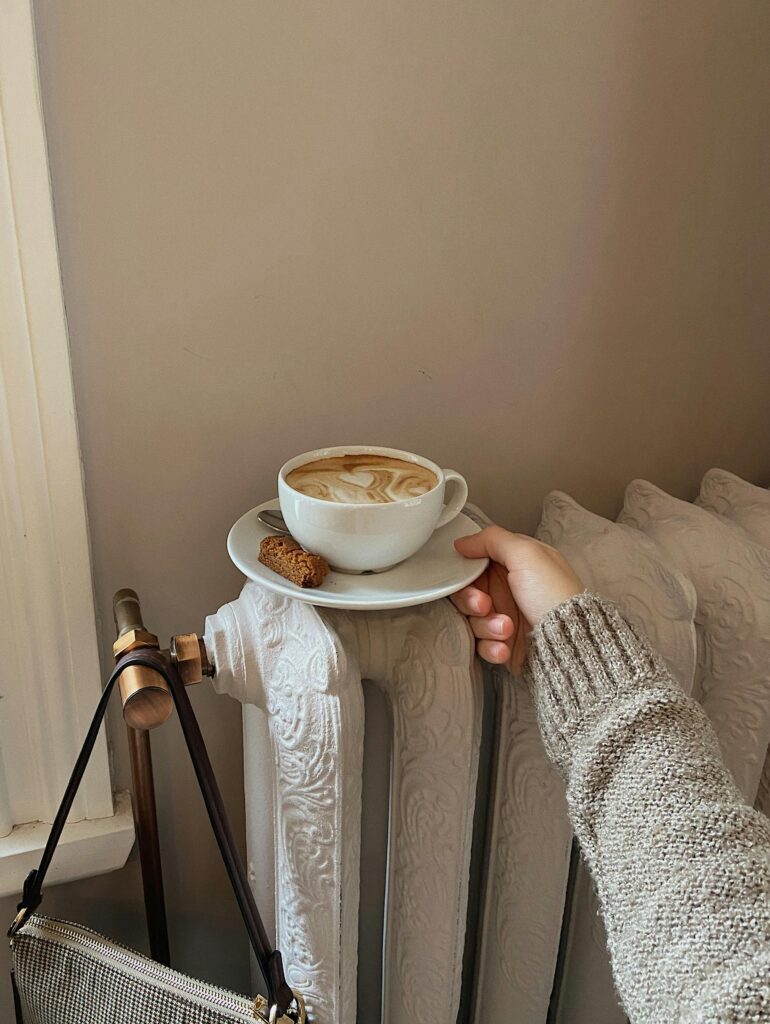This article is a translation from a French article. The original article is a typical article for a bi-weekly student journal I’m currently writing for.
A year has been concluded in end-year festivals joy. Another begins by exams for some, but for everyone, in cold. To fight the cold at home and in public spaces, nothing better than radiators! Nothing better, really?
Heating represents the main energetic cost of buildings, as shown in the left diagram. Quantitatively, the accumulated cost of general heating, water heating, and cooking rises to 353 TWh (Terawatt-hours) for the overall housing park of France. This represents about 66% of energy produced by the French electrical estate in 2019. However, electricity isn’t the sole source of power, like shown in the right diagram. The two diagrams have been produced for the year 2018 by the Economic Research and Studies Center or CEREN.

(Image courtesy of Dilruba Saricimen, found on Pexels)
A TWh (or Terawatt-hours) corresponds to ten thousands of billions of Wh. A Wh corresponds to 3600 Joules, the energy consumed by a device consuming one watt, in one hour. To show a reference, a 60 kilograms person need to use 600 Joules (and a bit of willpower) to get out of their bed.
Some solutions are existing. On a first glance, we can diminish one’s body energy loss (in other words, the feeling of cold) by covering oneself more in walls, with blankets, plaids, or warmer clothing. The opportunity to wear beautiful and comfortably warm pajamas!
In addition, we can use direct and more efficient ways of heating, like heating pads or other warming devices. Finally, but this is more difficult to implement, renovate housings. Thus, housings will keep a more stable temperature in the course of the year. Hence, a warmer house in winter, but colder in summer!
